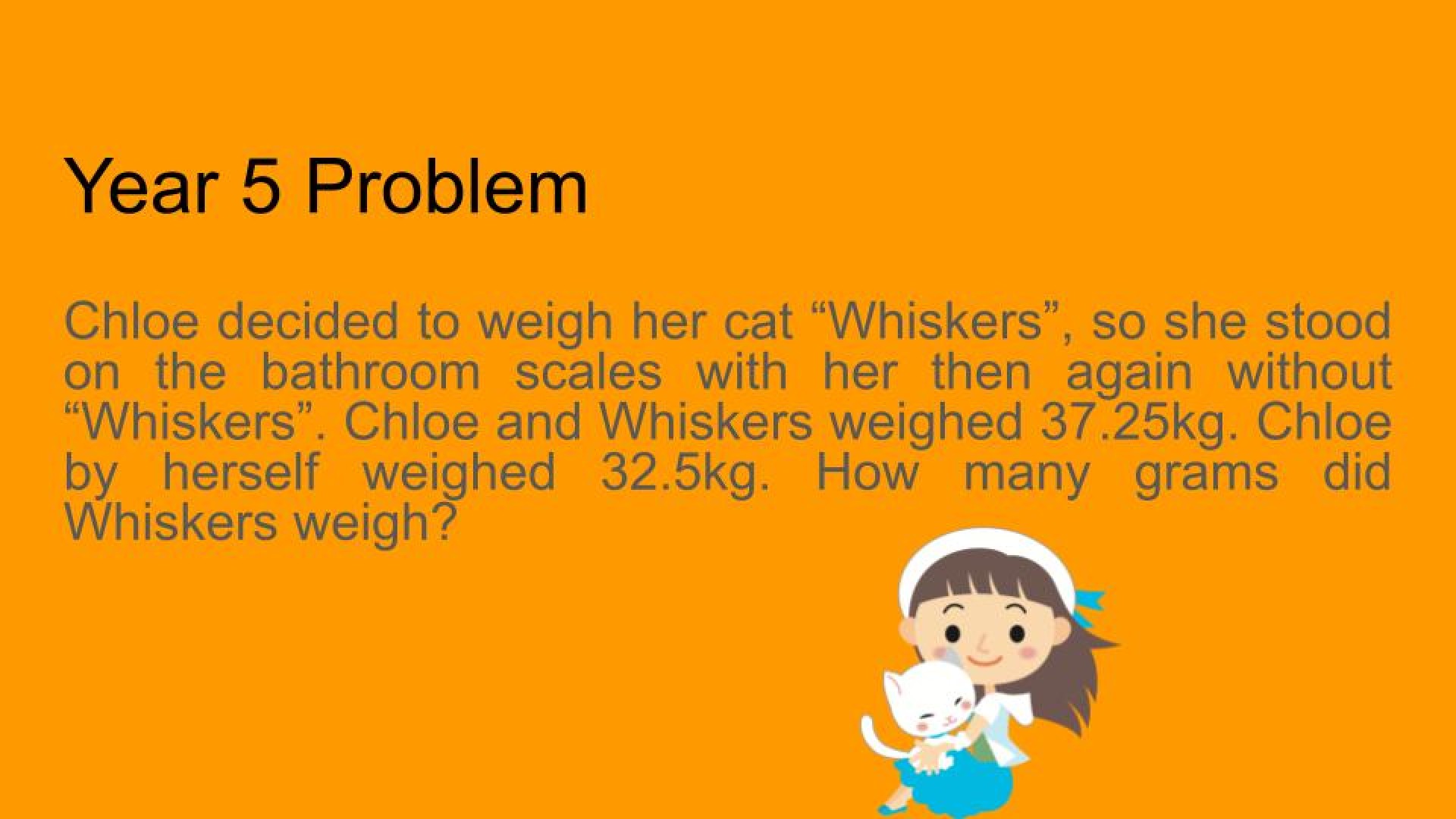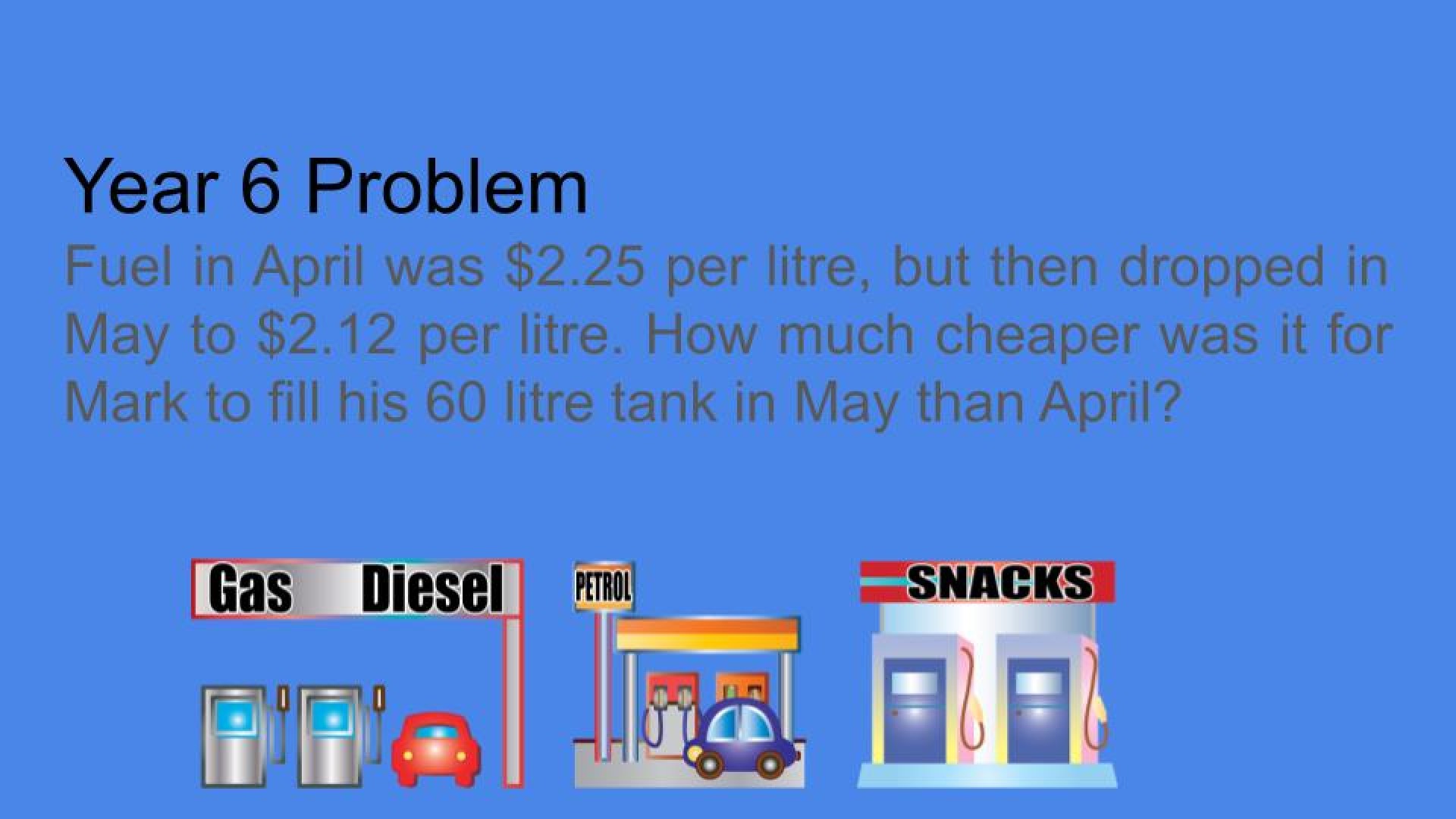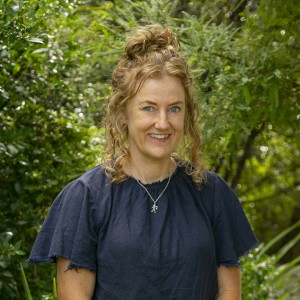Passionate mathematicians work in small groups to solve challenging mathematical problems.
Understanding the questions, using a variety of problem solving strategies, and accuracy when making calculations are extremely important skills for this competition.
Several of the problem solving questions that involved the addition and subtraction of decimal numbers were proving to be challenging for students. The student calculations with decimal numbers were not accurate.
What was needed was an extremely accurate method to add and subtract multi digit numbers and NO they can’t use a calculator.
Mrs Sprague decided it was time to bring out the old algorithm! Did you know the algorithm has been renamed the column method of addition and subtraction?
First things first - before learning to use the column method for addition and subtraction, students place value understanding needs to be spot on.
Creating place value challenge sticks is a great way to test and secure place value understanding and think about renaming.
You have to able to think about numbers in different ways - 15 ten and 38 ones is also 188.
You have to remember 150 is also 15 tens. 1 hundred is also 10.
33 is also 2 tens and 13 ones.
2.2 is also 22 tenths.
The next steps were to work through a process to learn to use a column method for addition and subtraction. Adding and subtracting two digit numbers with the column method was straightforward. Moving on to multi digit numbers that included decimals was more challenging.
Normally I always start adding and subtracting with the largest digit - like the hundreds but when you use this method you have to start with the smallest digit.
Using the method for subtraction proved to be more confusing than using it for addition. Making sure columns were renamed correctly and consistently was important - no step could be missed.
It was definitely more difficult when we started adding and subtracting multi digit decimal numbers - but it does work.
Reminding students to use inverse operations to check their calculations was also helpful. This is a way to double check their answers - all very important in a competition. Now onto the collaboration and teamwork to get competition ready.




Comments
No one has commented on this post yet.